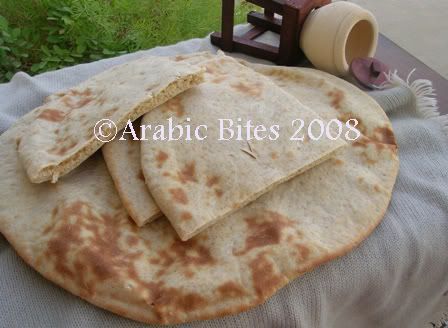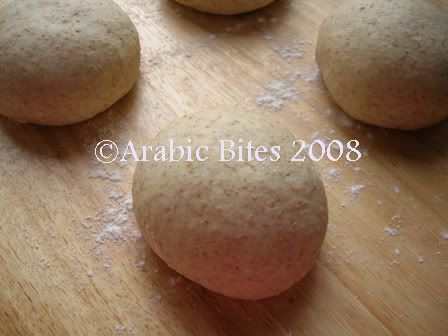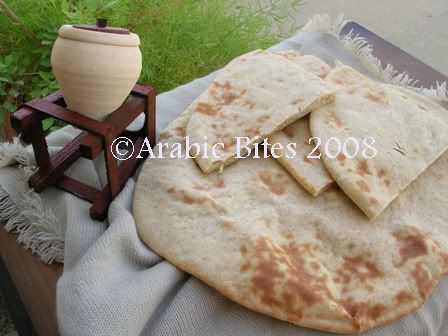
Mrs. Sulzbacher's Chocolate Hearts
I think these cookies are really wonderful
Ingredients
3 oz. (3 squares, 85 g) unsweetened chocolate
1 lb. (454 g) sifted confectioners’ sugar
1 tsp (5 ml) vanilla extract
3 egg whites (or as needed), slightly beaten
granulated sugar as needed
The egg whites must NOT be added all at once, but little by little or the dough will be too soft and the recipe will fail.
Melt the chocolate over hot water then add it to the confectioners’ sugar in the bowl of a standing mixer.Using the flat beater attachment mix briefly on the lowest speed, adding the vanilla. The mixture will be lumpy and most of the sugar will not be incorporated. Add the egg white 1 tbsp at a time, mixing on the lowest speed. You won’t probably need all of the amount indicated. The dough is ready when it is stiff and holds together when you work it by hand. The final consistency should be like play-dough.
Keep the dough in a bowl covered with a plate–plastic wrap does not work well—the dough tends to dry if left exposed to the air even for a few minutes.
Preheat the oven to 300°F (150°C). If the temperature is higher, the cookies will puff up too fast and loose their shape.
Sprinkle a very generous layer of granulated sugar on a board and take an orange-size piece of dough, leaving the rest covered. Work the portion of dough briefly between the palms of your hands, then place it onto the sugar covered surface and roll it 1/8-inch (3 mm) thick (not thicker). Flip the flattened dough a couple of times while rolling it so that both sides are well covered with sugar.
Form the cookies with heart shaped cookie-cutters and place the cookies on a very lightly greased baking sheet. The dough scraps cannot be kneaded again because of the granulated sugar, so try to minimize the spaces between cookies while you shape them. The scraps can be baked as well and will make cookies as delicious as the rest, albeit of less perfect shapes.
Bake the cookies for about 10-12 minutes, they will puff up a little and dry like meringues. When they are ready switch off the oven leave them in the oven for a few more minutes to ensure they are really dry.
Cool the cookies on racks and store in airtight containers.
Note: these quantities will yield approximately 4 baking sheets of cookies. You can halve the recipe, but they are so good it would be a pity to bake a smaller quantity.
from bakinghistory





 Pain à l'Ancienne
Pain à l'Ancienne




 Silesian Light Rye Crumb
Silesian Light Rye Crumb dough
dough loaf
loaf loaf
loaf crumb
crumb crumb
crumb crumb
crumb crumb layersthin and crispy, the crumb was airy & moist and the” toppings” were oh so flavorful…I guess, if anything, I would add more olives & cheese...
crumb layersthin and crispy, the crumb was airy & moist and the” toppings” were oh so flavorful…I guess, if anything, I would add more olives & cheese...



